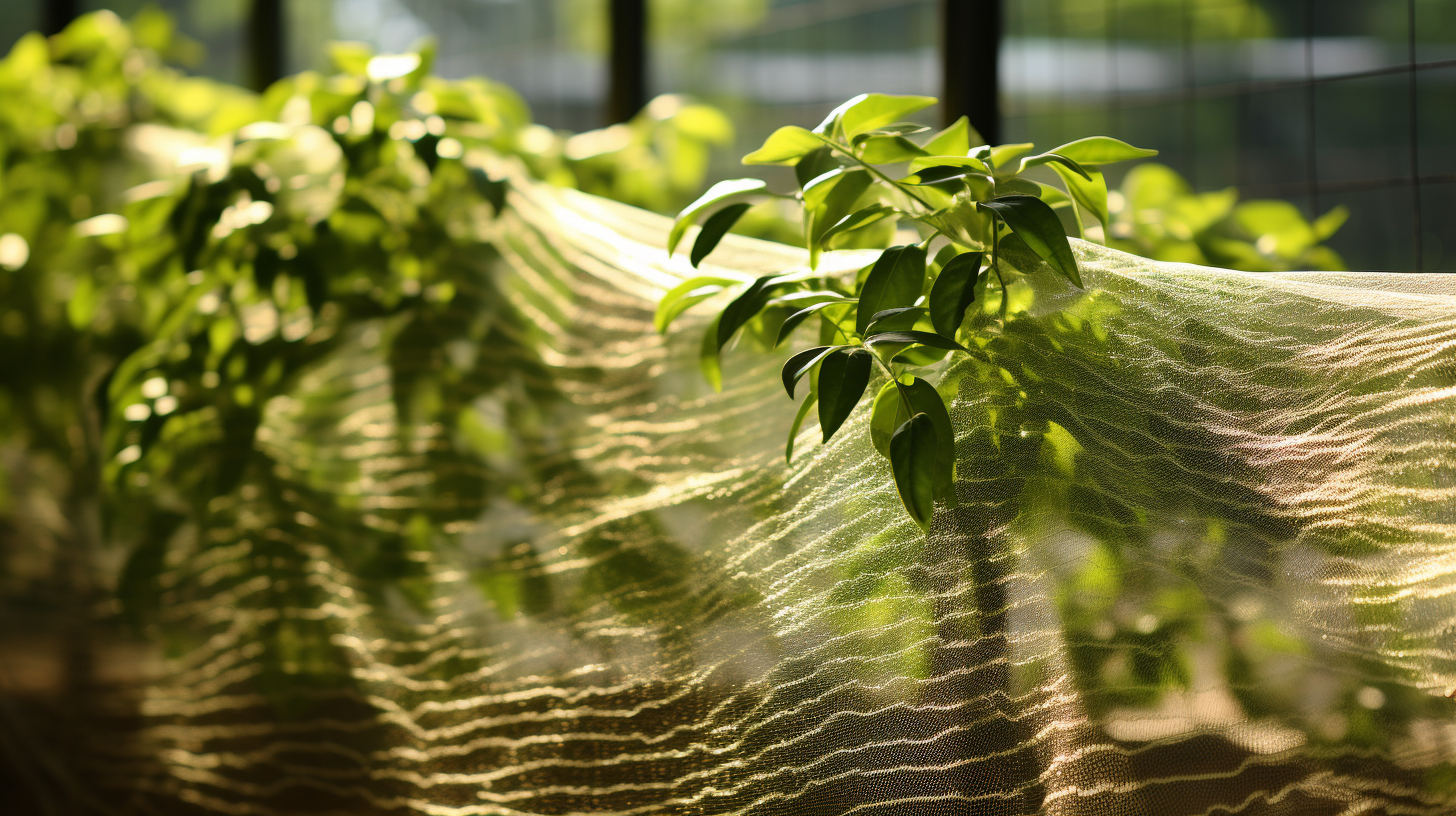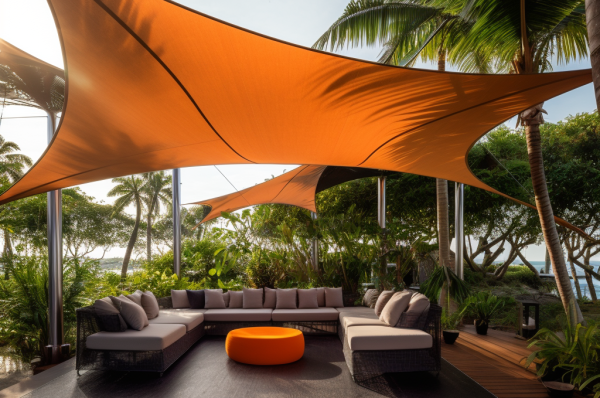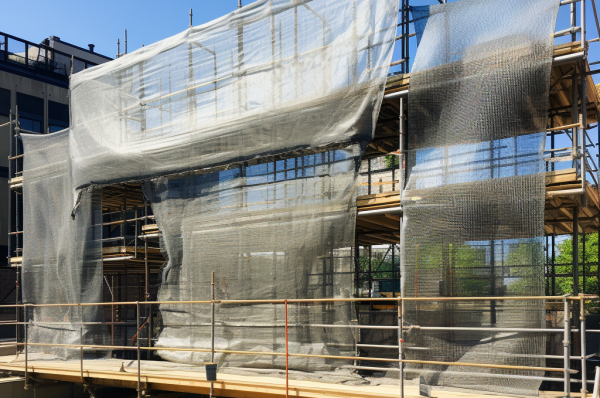Introduction
When it comes to creating comfortable and protected outdoor spaces, shade netting is an indispensable solution. Whether it’s a backyard garden, a cozy patio, or a large public area, the right shade cover can make a significant difference. Shade netting, including options like shade cloth and shade nets, offers not only relief from the scorching sun but also enhances the usability of outdoor areas throughout the year. In this blog post, we will explore what shade netting is, the different types available, their benefits, and how they can be implemented effectively in various settings.
What is Shade Netting?
Shade netting is a form of protective fabric made from various materials such as polyethylene, polyester, and even recycled materials, designed to block out a certain percentage of sunlight and UV rays. This netting is engineered to withstand environmental elements, making it an ideal choice for outdoor use. It comes in a variety of colors, densities, and sizes to suit different needs and aesthetic preferences.
Types of Shade Netting
There are several types of shade netting available on the market, each serving a specific purpose:
- Shade Cloth: Typically made from woven polyester or polyethylene, shade cloth is perfect for gardens and greenhouses where controlled sunlight is necessary.
- Shade Nets: These are used in larger spaces such as sports facilities and parking lots, providing extensive coverage and durability.
- Decorative Shade Nets: Combining functionality with style, these are used in residential and commercial spaces for both sun protection and aesthetic enhancement.
Benefits of Using Shade Netting
The benefits of using shade netting are extensive:
- UV Protection: It protects from harmful UV rays, reducing the risk of sunburn and long-term skin damage.
- Temperature Control: By blocking out direct sunlight, shade netting helps lower the temperature of covered areas, making them more comfortable.
- Energy Savings: Shade netting can reduce the need for air conditioning by keeping outdoor spaces cooler naturally.
- Versatility: It is versatile enough to be used in various settings, including residential, commercial, and agricultural.
Practical Applications of Shade Netting
Shade netting finds its application in a myriad of settings:
- Home Gardens: Protects plants from excessive sunlight, promoting healthy growth without water loss.
- Outdoor Event Spaces: Provides guests with comfort during outdoor events, ensuring a pleasant environment regardless of the weather.
- Public Parks: Offers a refuge from the sun, making outdoor spaces enjoyable even during peak sunlight hours.
Conclusion
Shade netting is a versatile and essential component of modern outdoor living spaces, offering protection, comfort, and aesthetic appeal. From home gardens to public parks, the applications are as varied as they are beneficial. Have you implemented shade netting in your projects? What differences have you noticed? Share your experiences in the comments below or ask questions if you’re considering incorporating shade netting into your space.




